The Evil Eye symbol, with its concentric circles of blue, white, and dark blue, punctuated by a lighter shade resembling a watchful eye, is ubiquitous. Found on pendants, lockets, and bracelets, this emblem sparks diverse reactions across cultures.
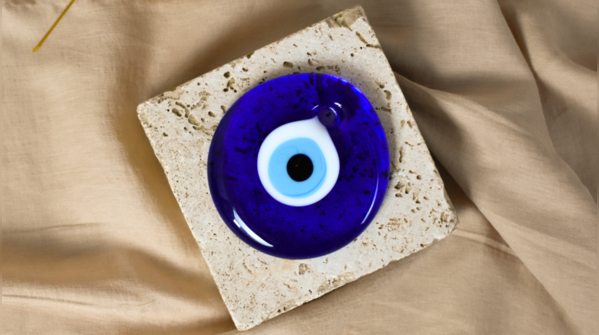
Many embrace the Evil Eye as a potent ward against jealousy, envy, and negative energies. Believers suggest that the malevolent gaze can originate not only from enemies but also from envious friends masking their true feelings with compliments. The Evil Eye symbol, worn in any form, is believed to offer continuous protection.

The Evil Eye is commonly bestowed upon newborns, safeguarding them from external malice and envy. Bracelets and pendants serve as tiny shields. Furthermore, people integrate the Evil Eye symbol into their homes, vehicles, and furniture, creating an environment fortified against negative influences.
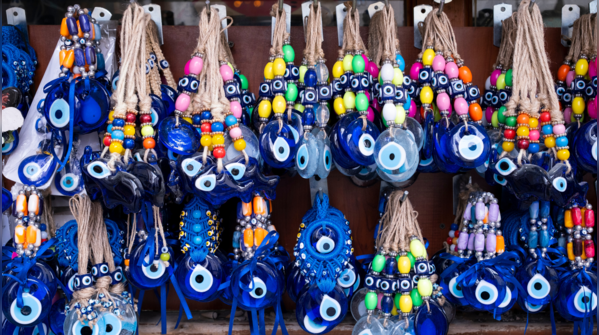
The power of the Evil Eye stems from the conviction that envious or negative energy can be transmitted through glances. While lacking scientific validation, this belief empowers individuals who seek solace and security in amulets, offering peace of mind and bolstering confidence.
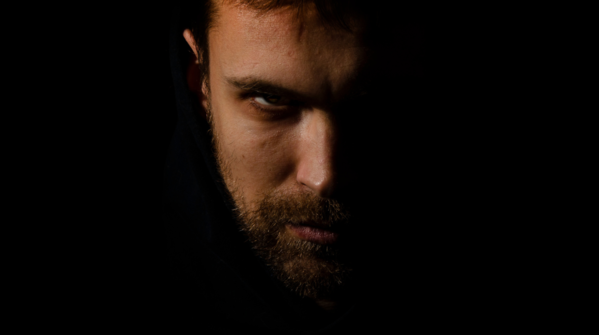
Conversely, some communities view the Evil Eye with skepticism, regarding it not as a protective charm but as a conduit for malevolent forces. They posit that donning or displaying the Evil Eye invites demonic entities or dark spirits, essentially entrusting one's safety to the very evil it purports to repel.
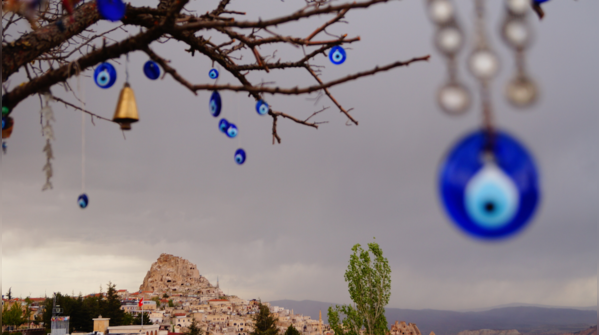
The efficacy of the Evil Eye remains subjective. Devoid of scientific substantiation, its significance lies within the realm of belief systems. While some staunchly advocate its protective capabilities, others shun it, fearing its association with sinister energies.
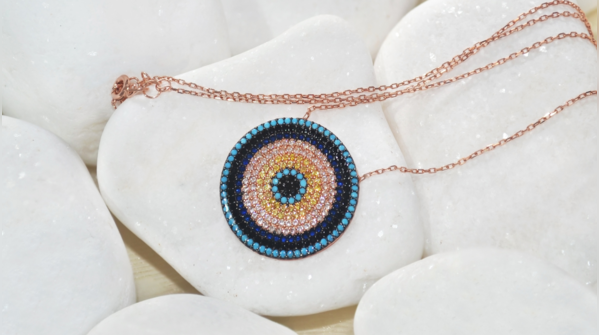
A prevailing belief suggests that a fractured Evil Eye amulet signifies a successful deflection of negative energy. The amulet, whether a pendant, bracelet, or hanging ornament, absorbs the malicious force, sacrificing itself to shield its wearer. This breakage serves as a warning, indicating a heightened need for protection.

Newer articles
Older articles
 India Enters New Space Age as Astronaut Shukla Joins ISS Mission
India Enters New Space Age as Astronaut Shukla Joins ISS Mission
 X Cracks Down: Half a Million Indian Accounts Suspended for Policy Breaches
X Cracks Down: Half a Million Indian Accounts Suspended for Policy Breaches
 Google Unveils Strategy to Combat Misinformation, Boost Voter Access in India's 2024 Elections
Google Unveils Strategy to Combat Misinformation, Boost Voter Access in India's 2024 Elections
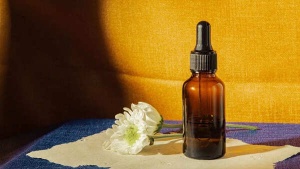 Hair Oil vs. Hair Serum: Which is the Right Choice for Your Hair?
Alternatively:
Unlock Your Best Hair: Choosing Between Hair Oil and Serum for a Healthy Mane
Hair Oil vs. Hair Serum: Which is the Right Choice for Your Hair?
Alternatively:
Unlock Your Best Hair: Choosing Between Hair Oil and Serum for a Healthy Mane
 Vijay Sethupathi Apologizes Amid Controversy Over Son's Film 'Phoenix'
Vijay Sethupathi Apologizes Amid Controversy Over Son's Film 'Phoenix'
 Bollywood's 'Swades' Anthem Joins Axiom-4 Mission: Indian Astronaut's Playlist Honors Heritage in Space
Bollywood's 'Swades' Anthem Joins Axiom-4 Mission: Indian Astronaut's Playlist Honors Heritage in Space
 New York Assemblyman Zohran Mamdani's Style: 5 Lessons in Authenticity and Heritage
New York Assemblyman Zohran Mamdani's Style: 5 Lessons in Authenticity and Heritage
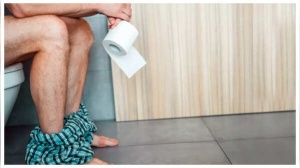 Colon Cancer: Don't Ignore These 5 Early Warning Signs
Colon Cancer: Don't Ignore These 5 Early Warning Signs
 TSMC Regains Top 10 Global Value Ranking Amid AI Boom
TSMC Regains Top 10 Global Value Ranking Amid AI Boom
 Android Users Urged to Update Devices Amid High-Severity Security Flaws: Government Issues Warning
Android Users Urged to Update Devices Amid High-Severity Security Flaws: Government Issues Warning